| HOME |
|---|
CYGNUS
The Swan
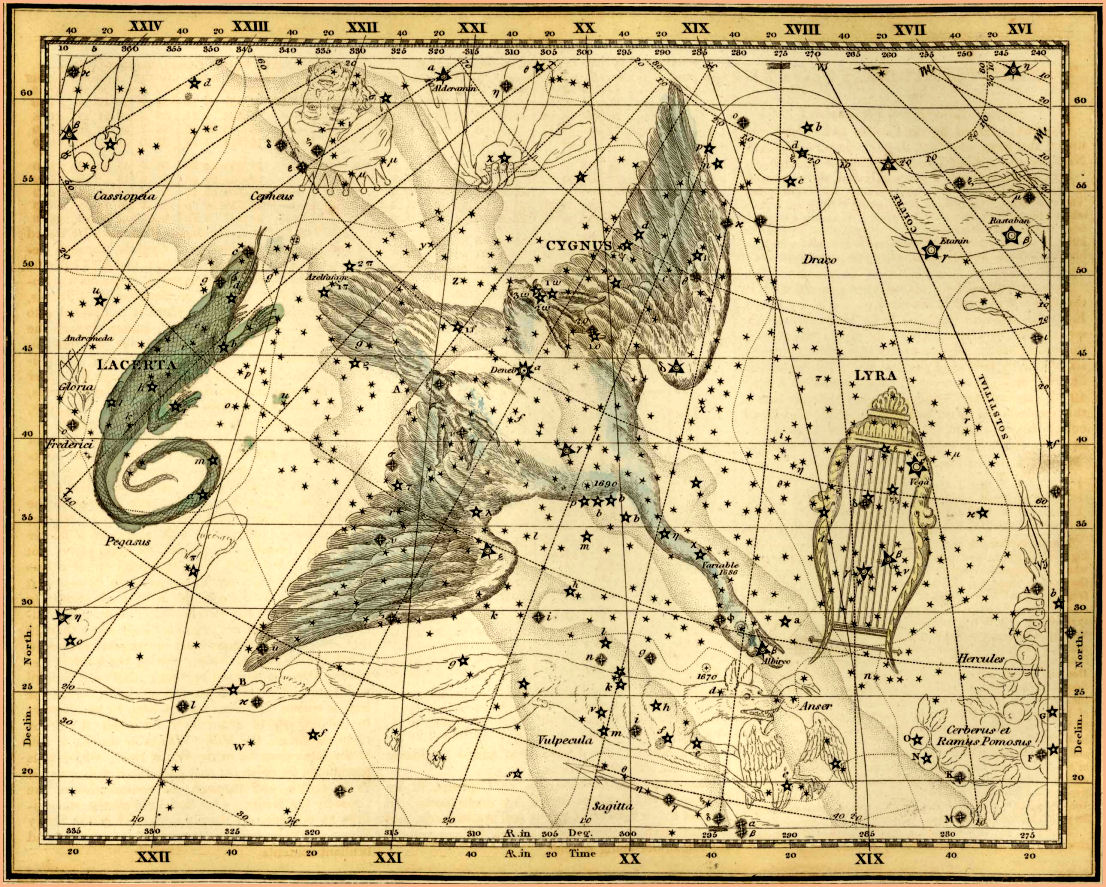
Cygnus - Celestial Atlas by Alexander Jamieson - 1822
| HOME |
|---|

Cygnus, the swan, is an ancient constellation, one of Ptomely's original 48, included in his Almagest of 149 AD. In classic mythology it represents the seduction of Queen Leda by the all powerful Zeus (Jupiter), who had his way with her in the form of a swan, their union leading to the birth of Helen of Troy, and Pollux of the Gemini twins.

Swooping and soaring through the middle of the Milky Way, Cygnus the swan joins Aquila, the eagle, as the two great birds of the Milky Way. Cygnus, sometimes referred to as the "northern cross", is unmistakable as a huge, long-necked swan with outstretched wings, flying straight down the middle of the Milky Way. And the Milky Way is where the action is. That's where everybody lives. That's where all the stars are. When we look at the Milky Way, we are looking down through the disk of our galaxy, and seeing billions upon billions of stars. When we're not looking at the Milky Way, we are looking up at the relatively close top (or bottom) of our galactic disk through a relatively thin layer of stars - a few thousand at most - out into the blackness of intergalactic space.
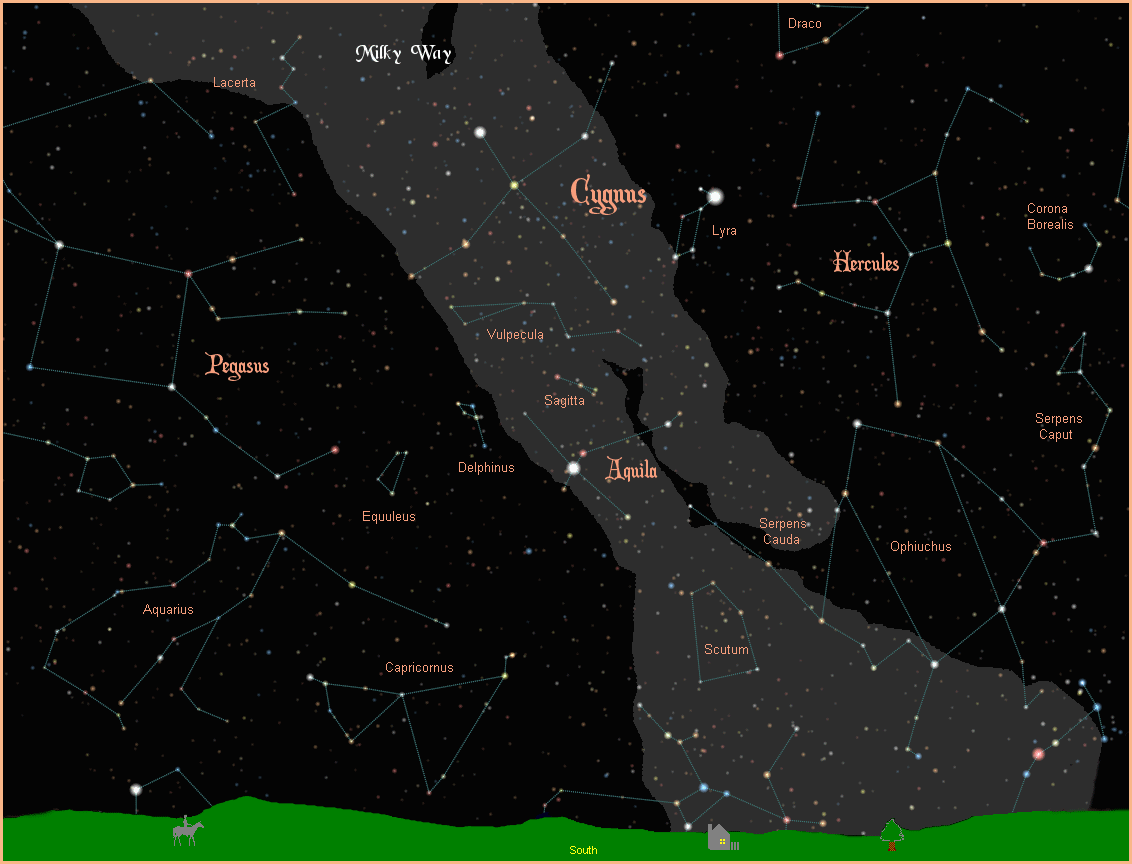
The alpha star in Cygnus is the first magnitude (1.25) Deneb, which means tail. Together with Vega and Altair, it forms what some like to call the summer triangle. Deneb is an A2I blue-white hypergiant, one of the largest, hottest, brightest stars in the heavens. It is 60,000 times brighter than our Sun. The only reason it doesn't light up the entire sky is because it is very far - over 1,500 light years away.
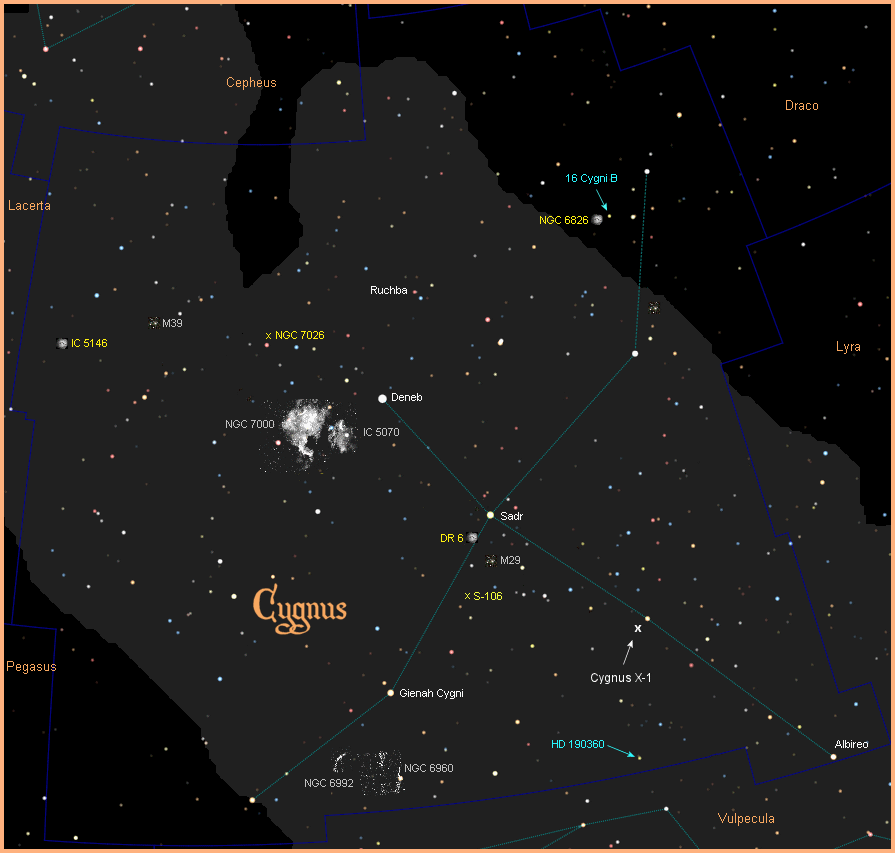
Beta Cygni is Albireo, the fifth brightest star in the constellation. The origins of its name are speculative at best, and over time it has come to be known simply as the beak star. The single naked eye star splits into a double through a telescope, and the striking colour difference between the two makes them a favourite target for small telescopes. The larger, brighter star (Albireo A) is a K3 yellow/orange giant, and Albireo B is a B0 blue main sequence star. The pair have a combined magnitude of 3.08, and are 380 light years away.
Gamma Cygni is the star Sadr, Arabic for chest. Like Deneb, this star is a massive supergiant, 65,000 times brighter than the Sun, far away at a distance of 1,500 light years, with a magnitude of 2.2. It is slightly cooler than Deneb, classified as an F8II yellow supergiant.
Epsilon Cygni is named Gienah Cygni, the wing of the swan. It is the closest of the named stars in Cygnus, residing only 72 light years away. With a magnitude of 2.48, it is classified as a K0III orange giant.
Pi-01 Cygni is named Azelfafage, from the Arabic for tail of the hen. It is a B3III blue giant, magnitude 4.69, about 1,716 light years away.
Omega-2 Cygni is named Ruchba, Arabic for knee. It is a M2III red giant, magnitude 5.44, about 397 light years away.
Launched in March, 2009, the most light sensitive telescope ever built, NASA's state of the art planet hunter, the Kepler Space Telescope spent four years looking for Earth-like exoplanets, and it found plenty. The telescope was put into orbit around the Sun, millions of miles away from Earth, to avoid any contamination of its sensitive equipment. Kepler remained focused on one spot, simultaneously and continuously monitoring the light from 145,000 stars, to detect the minute changes caused by any planets that might be transiting (crossing in front of) them. An area on the edge of the Milky Way, close to the galactic plane, encompassing parts of Cygnus, Lyra, and Draco was targeted.
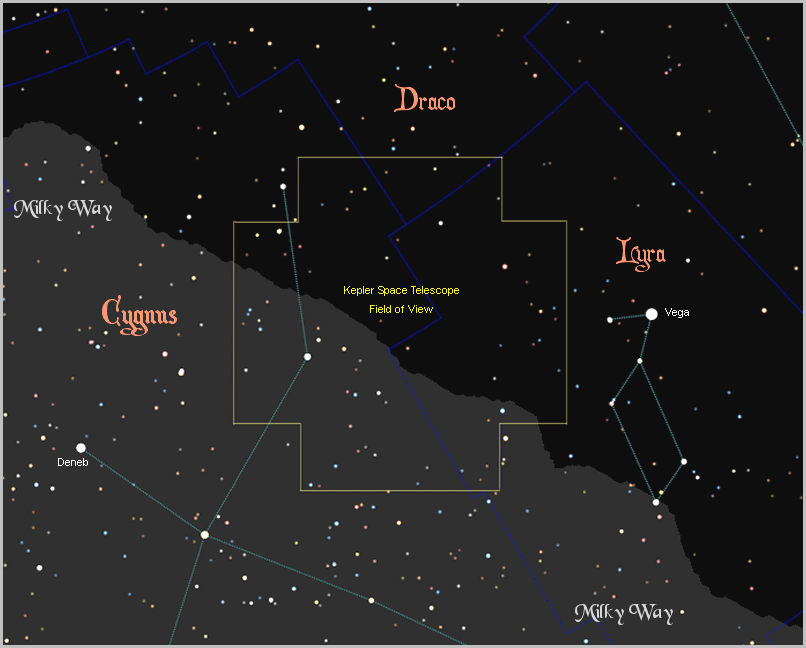
Four years later Kepler had 977 confirmed planet discoveries under its belt, and more than 3,000 potential planet candidates awaiting confirmation. The Kepler mission took planet hunting to a whole new level. It proved what common sense had always predicted, that planets are as ubiquitous as the stars themselves, and perhaps even more so. Kepler found planets of every type around stars of every type. It showed us that we live in a Universe filled with planets. It confirmed the premise that planets are a natural byproduct of star formation, and they are all around us. Statistical analysis of Kepler data predicts the presence of 40 billion Earth-like planets in our galaxy alone, the closest of these within twelve light years of us. Of course what this says about the possible existence of life beyond Earth is self evident. For more information on the Kepler mission, go to http://kepler.nasa.gov/.
Since more than half of Kepler's field of view was in Cygnus, there are now hundreds of confirmed planets in this constellation, far too many to list here. Possibly the most significant Kepler discovery was the planetary system around a star designated Kepler-186. Kepler found five planets orbiting this star, all rocky, terrestrial planets like Earth. And to top it off, one of these planets resides in the habitable zone, where liquid water is possible. Kepler-186 is an M1 red dwarf, about 492 light years away, and not visible from Earth by the naked eye. We can well imagine it though, thanks to the stunning depiction by the NASA artist below.
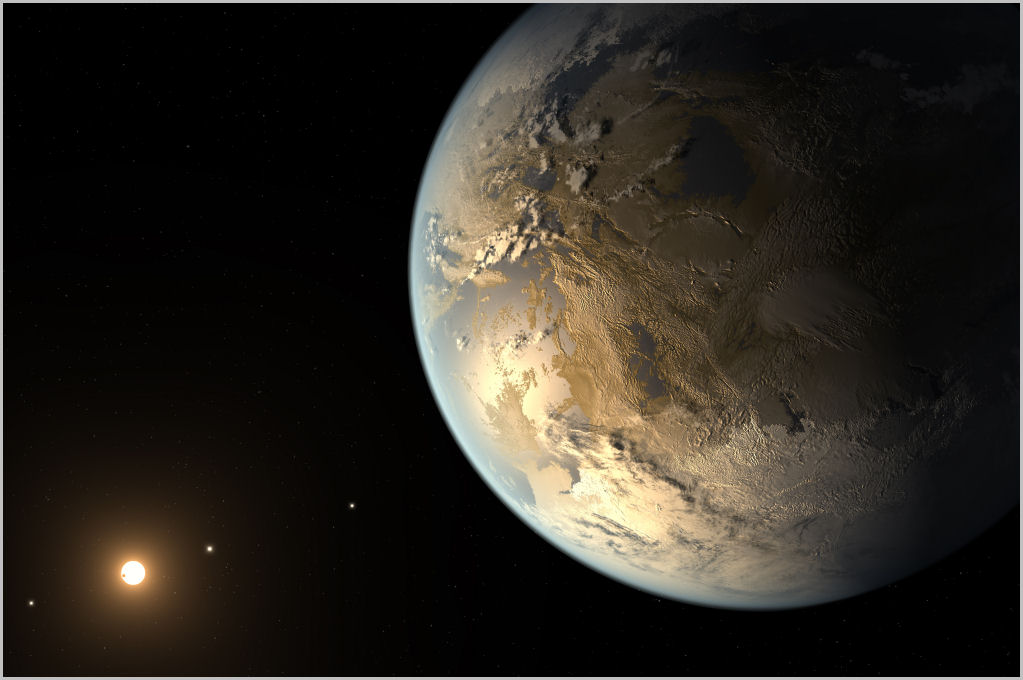
In addition to the hundreds of planets found by Kepler, which are all hundreds or thousands of light years away and orbiting stars far out of visual range, there have been a handful of other planets discovered in Cygnus, a couple of which are relatively close, around stars visible without a telescope. One of these stars, designated 16 Cygni B (HD 186427), is a star much like our Sun and only 68 light years away. It is part of a triple star system with a planet about twice the size of Jupiter.
Another star labelled HD 190360 is 51 light years away with two gas giant planets circling it. Both stars are sixth magnitude and just visible with the naked eye on a dark night. For more information on these and other extrasolar planets, visit NASA's New Worlds Atlas, and The Open Exoplanets Catalogue.
Like Sagittarius, Cygnus is in one of the busiest places of the Milky Way, full of star clusters and nebulae. The first of two Messier objects is a tight little open star cluster M29 (NGC 6913). It has a magnitude of 6.6 and is estimated to be about 4,000 light years away.
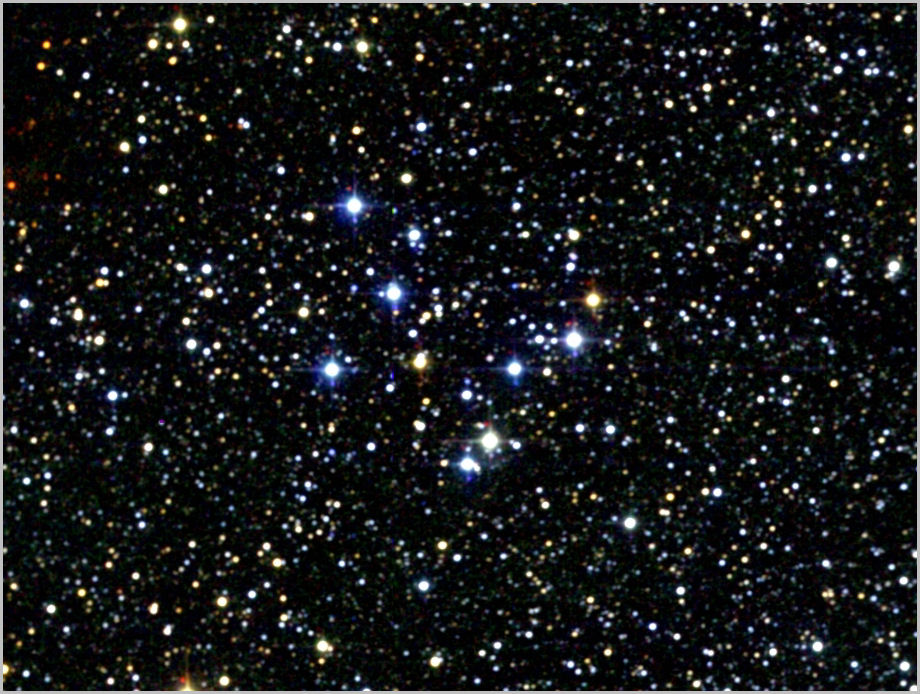
M39 (NGC 7092) is a larger, looser open star cluster containing around 30 stars. It is located about 800 light years away with a magnitude of 4.6.
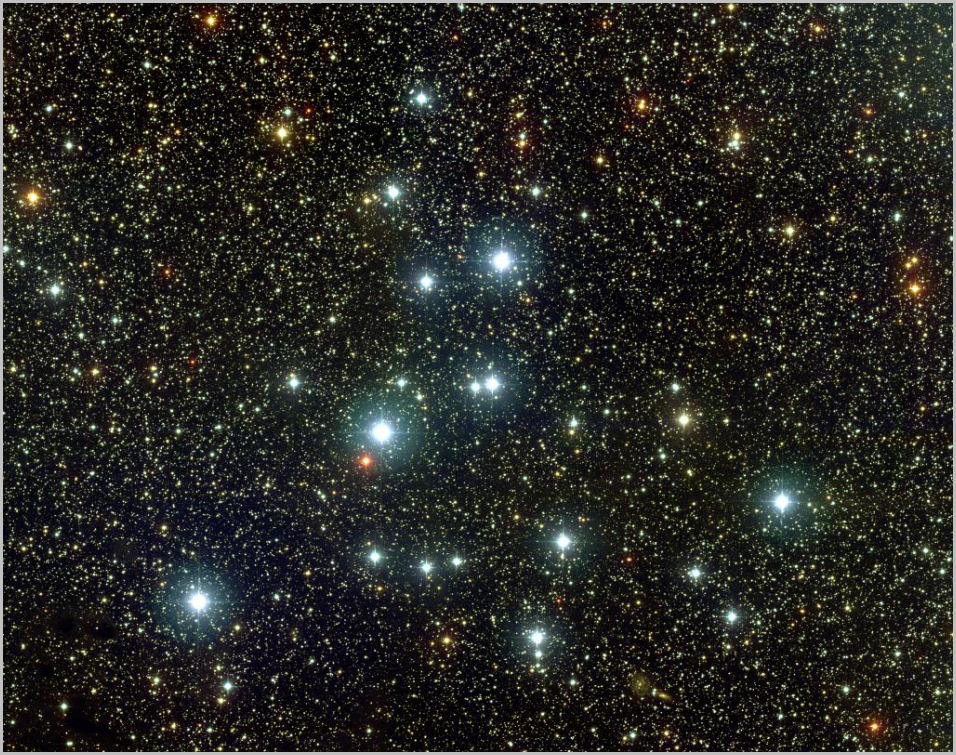
By the tail of the great swan is the North America Nebula, (NGC 7000) which bears an eerily striking resemblance to the continent of North America (including Mexico and the Gulf of Mexico), and just off the east coast, where the Atlantic ocean would be, sits the Pelican Nebula, (IC 5070) which looks no less eerie as the pterodactylesque pointed head of a long billed Pelican. The two emission nebulae together span a vast distance of 50 light years, and are located about 1,500 light years away.
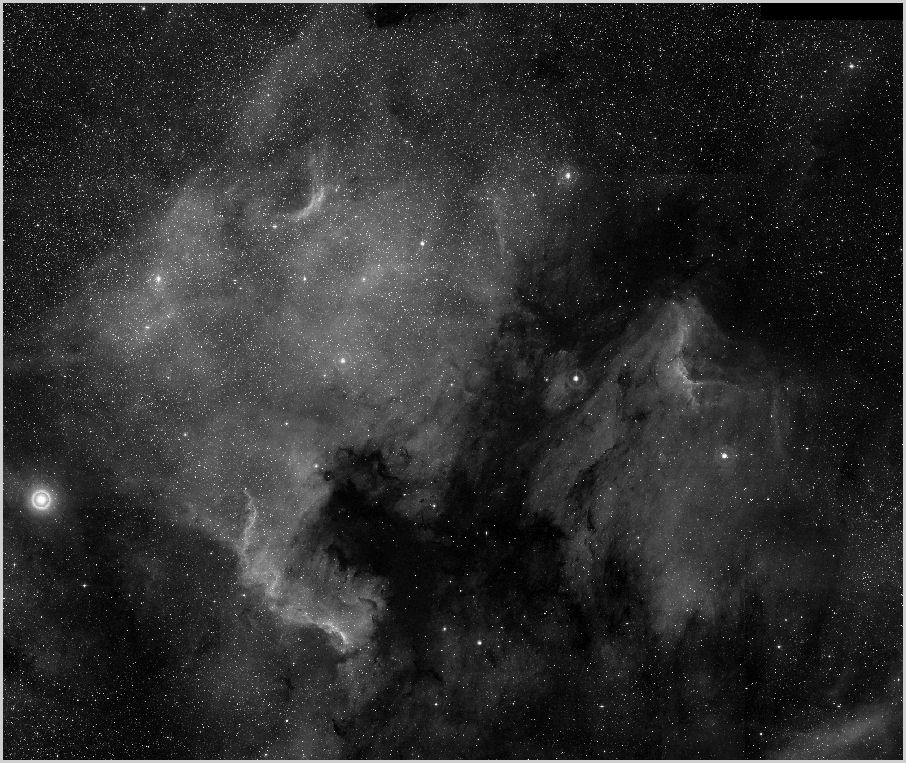
Just as large, but with a much lower surface brightness, and difficult to see without filters and time exposures, are the east and west sections of the Veil Nebula, NGC 6992 and NGC 6960 respectively, collectively referred to as the Cygnus Loop. The nebula is the remnant of a supernova explosion that occurred 5,000-8,000 years ago.
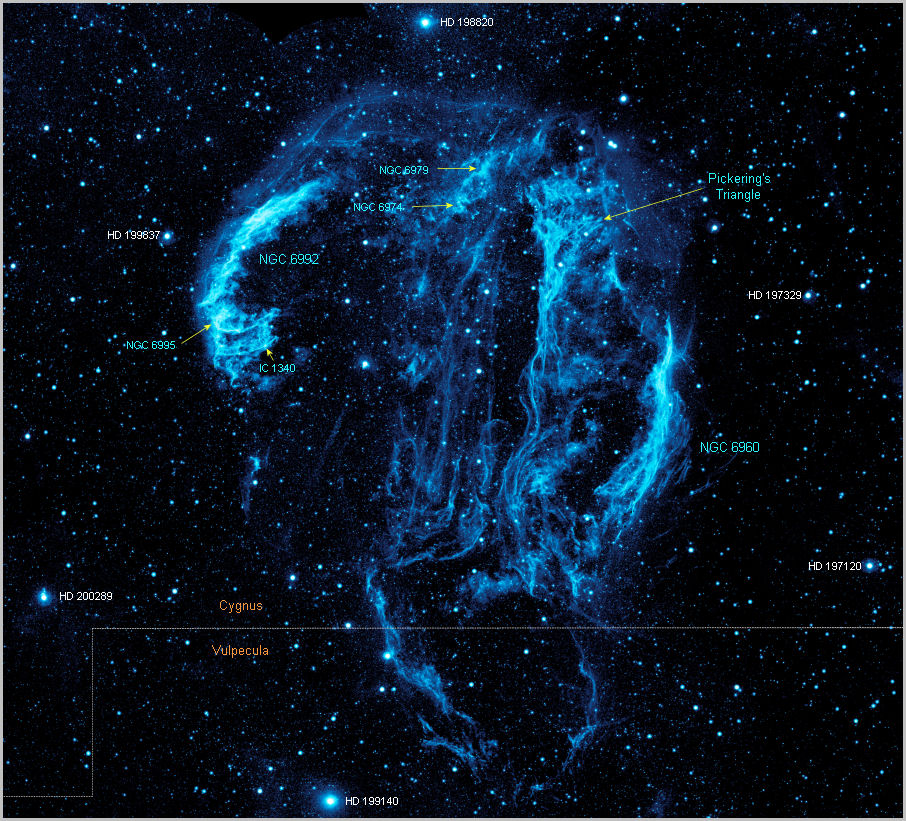
The planetary nebula NGC 6826 has nothing to do with planets, but is the expanding bubble of gas thrown of by a dying star. Located at a distance of about 2,000 light years, the nebula has a magnitude of 8.8, putting it just within the reach of small telescopes. In the Hubble photo below the hot stellar remnant is clearly visible in the centre of the bubble, as well as two bright red jets on either side, the origins of which are not clearly understood.
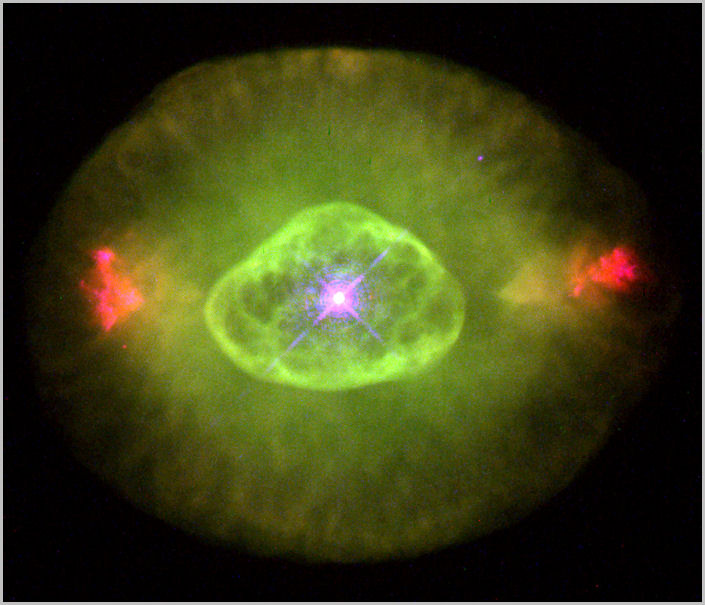
The planetary nebula NGC 7026 is quite a bit further away at a distance of about 6,000 light years. This leaves it with a magnitude of only 15.3, out of range of small telescopes. The colours revealed by Hubble however, tell us the types of gas ejected by the dying star, such as red for nitrogen and blue for oxygen.
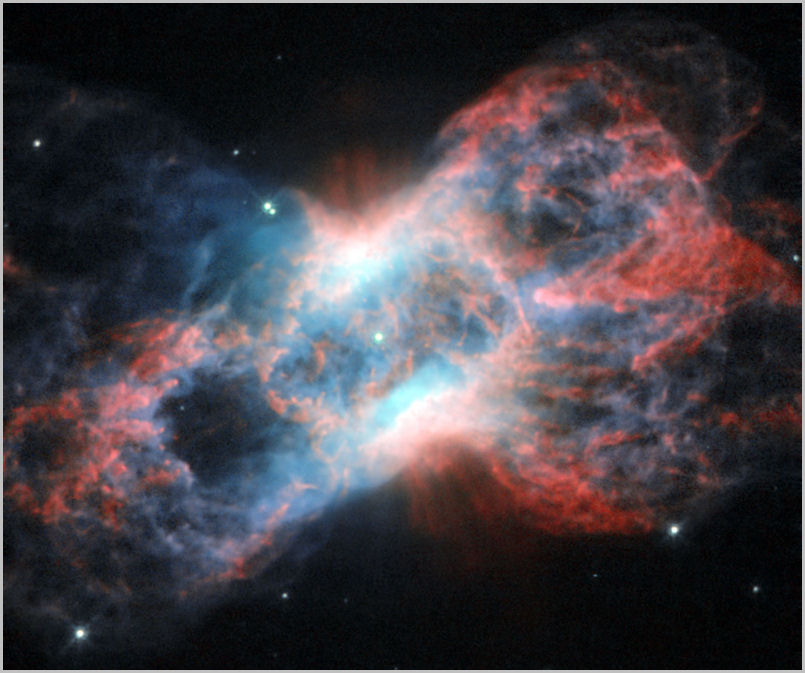
The emission nebula Sharpless 2-106 (S-106), is not caused by a dying star but rather a freshly born star. In this case the infant star is a monster fifteen times the mass of our Sun with a surface temperature of 37,000 degrees, one of the hottest stars known. Classified as an O8 blue supergiant, it is creating havoc with the surrounding dust and gas cloud that spawned it, as the stunning detail in the Hubble image below shows. The nebula is about 2,000 light years away and out of reach of small scopes.
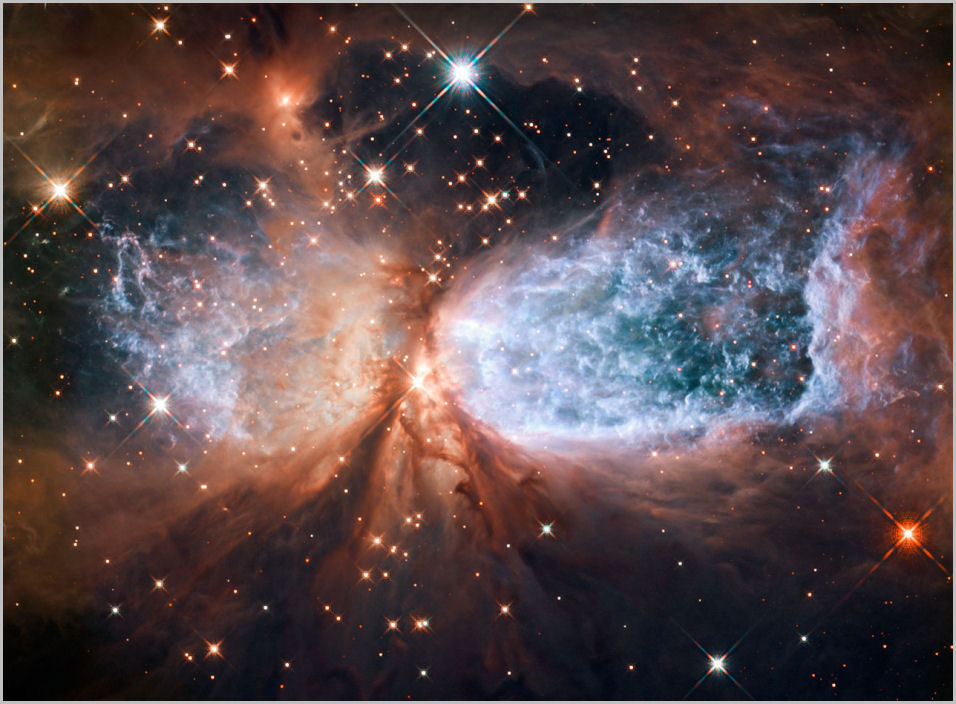
Cygnus is also where the first black hole was discovered, now known as Cygnus X-1. It has been studied extensively, and has been determined to be 14.8 times the mass of our million mile wide Sun, compressed to a size only a few miles across. The black hole is about 10,000 light years from Earth, and slowly but surely consuming its companion star, a blue supergiant designated HDE 226868, as depicted in the NASA artist illustration below.
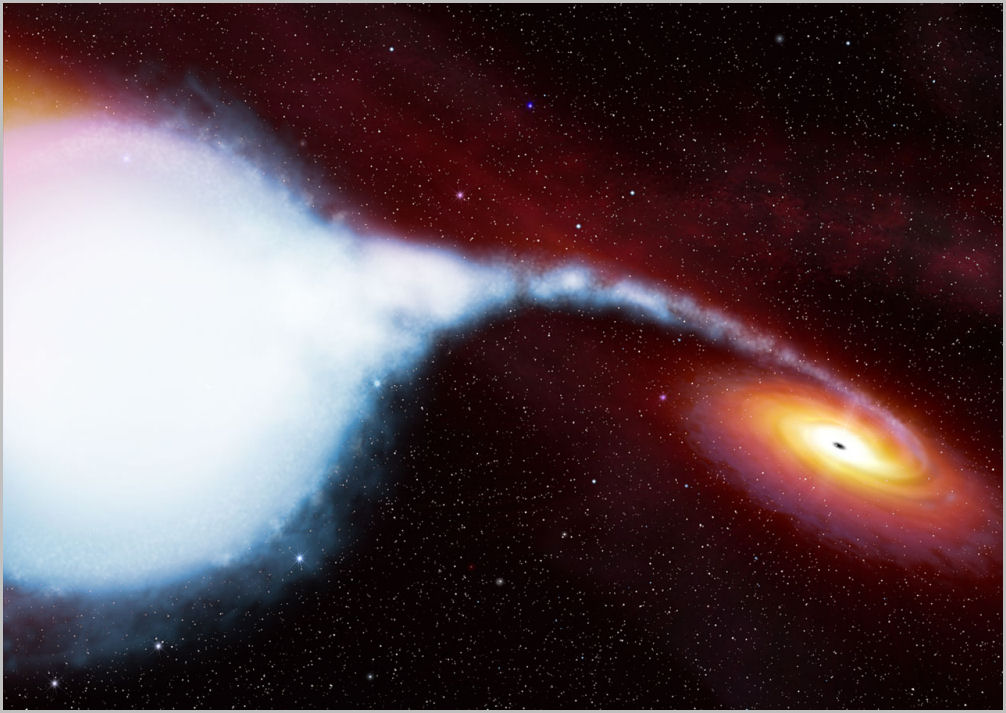
|
|
|
|
|
|